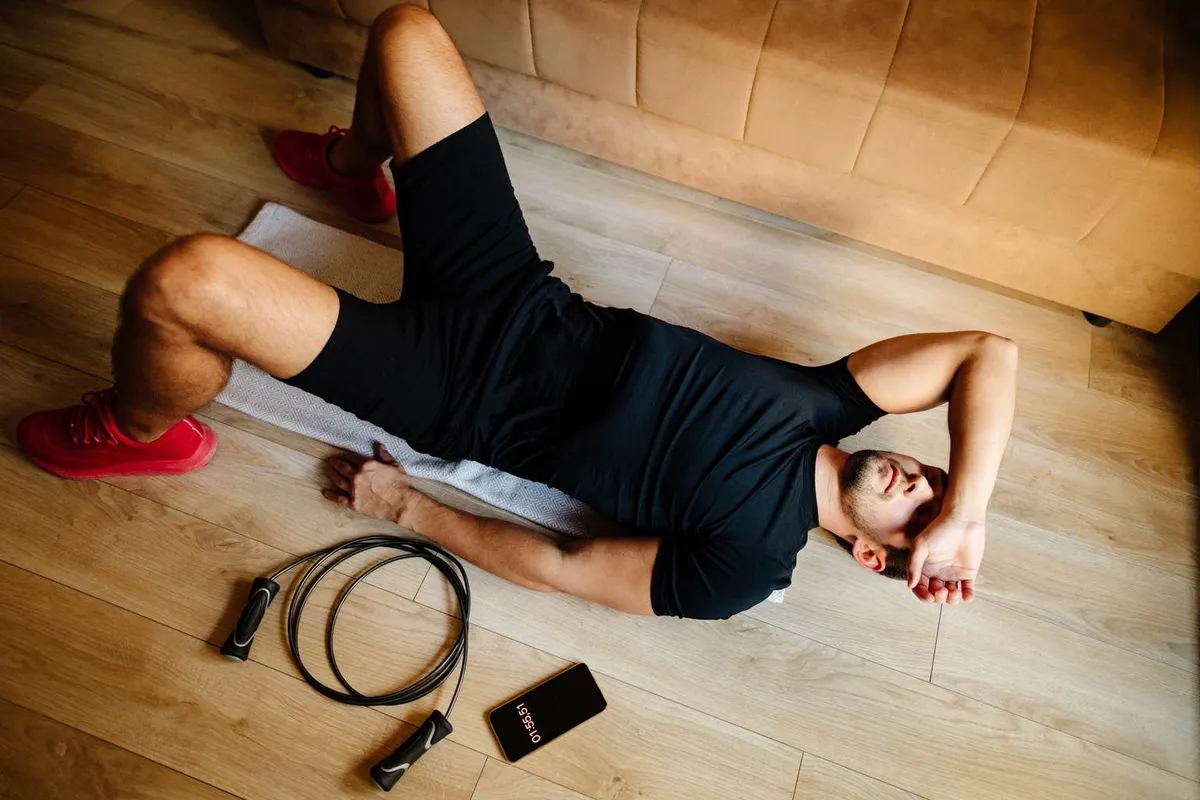Recovery in Fitness: 5 Reasons It Shapes Your Progress

When you’re chasing a fitter life, most folks put a lot of energy into their workout routines—pushing to build strength, boost endurance, and stay healthy. But there’s another key piece that often gets brushed aside: recovery. Nailing your recovery game can really shape your fitness journey by upping your performance, lowering your chance of injury, and keeping you healthier over time.
Figuring out why recovery matters
When you work out, your muscles face tiny damage and stress. This normal process sets the stage for building strength and toughness. But it’s during recovery that your body fixes up those muscle fibers, making them stronger. Skipping recovery can lead to overtraining, constant fatigue, and a higher chance of getting hurt. That’s why giving recovery the attention it deserves is so important for making steady progress and enjoying your workouts.
Recovery gives your body the break it needs after exercise. It makes sure your muscles are repaired and ready to go for your next session. Without enough recovery, not only can your performance take a hit, but you might also find yourself sidelined by injuries or burnout.
Checking out different recovery methods
Recovery isn’t a one-size-fits-all deal—it includes different methods that can be tweaked to suit your personal needs and tastes. Passive recovery means taking it easy with complete rest so your body can bounce back without any structured activity. This could be a full day off or just chilling at home.
Then there’s active recovery, which involves low-key activities like walking, light stretching, swimming, or cycling at a comfortable pace. These moves boost blood flow and help clear out muscle waste. And don’t forget sleep—it’s a powerhouse for recovery. When you sleep, your body drops off growth hormones that help repair tissue, refill your energy stores, and give your mind a break.
Mixing in rest days, low-intensity activities, and good sleep is the backbone of a smart recovery plan.
Favorite recovery techniques
A bunch of recovery techniques have become popular because they help ease muscle soreness and promote overall relaxation:
- Foam rolling: This self-massage technique tackles muscle tightness and trigger points, improving mobility and easing soreness. It works wonders on major muscle groups post-workout or on off days.
- Massage therapy: Whether you get a pro massage or do it yourself, massage can loosen up tight muscles, melt away stress, and help you relax.
- Cold therapy: Ice baths, cold showers, or using ice packs can help reduce inflammation after a tough workout.
- Compression garments: Using compression sleeves or socks boosts circulation and cuts down swelling, which helps ease muscle soreness after endurance events.
- Gentle yoga or stretching: These exercises keep your muscles flexible and loose, making it easier to get back into your workout groove.
- Breathwork and meditation: Taking time to focus on your breathing can calm your nervous system, rounding out a well-balanced recovery routine.
How nutrition helps with recovery
What you eat plays a big part in how well your body recovers after a hard workout. Eating a good mix of protein and carbohydrates helps rebuild damaged muscle fibers and top up your glycogen stores (the main form of energy used during exercise).
Staying hydrated is a must, as water supports all the processes that transport nutrients around your body, plus it helps flush out the waste produced during workouts. Foods or drinks rich in electrolytes are especially handy after intense sessions that leave you sweating buckets.
Also, adding anti-inflammatory foods like berries, leafy greens, fatty fish, and nuts to your diet can speed up your recovery while also keeping your immune system in good shape.
Working recovery into your daily routine
A solid fitness plan values rest just as much as active workouts. Listen to your body—if you’re feeling sore, tired, or noticing a dip in performance, it’s a sign you might need to dial up the recovery efforts. Setting aside regular off days and mixing in some light activities like walking or easy yoga can make a world of difference. Plus, aiming for about seven to nine hours of sleep each night can really help in bouncing back.
Making little bedtime rituals—like dimming the lights, cutting down screen time, or practicing some relaxation techniques—can improve your sleep and overall recovery over the long haul.
Taking it easy, following a well-thought-out recovery plan, and fueling your body right not only keeps you moving but also helps reduce the risk of injuries. In the end, true strength shows up during those moments when you let your body rest and rebuild, growing stronger naturally over time.